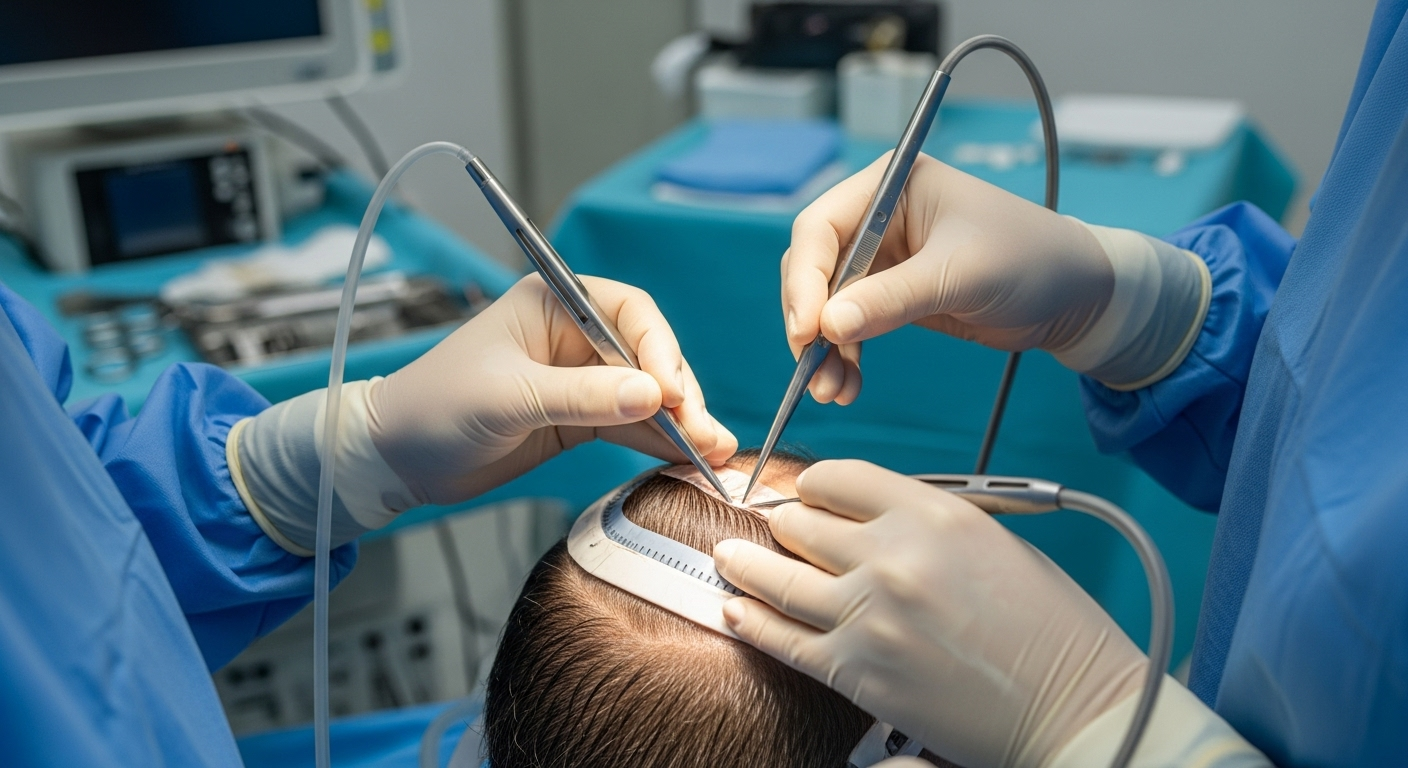Rhinoplasty Essentials: What to Expect from Nose Surgery
Thinking about rhinoplasty or a nose job? This comprehensive guide explains why people choose rhinoplasty for cosmetic balance or better breathing, outlines risks and recovery timelines, describes how to choose a surgeon and facility, and breaks down typical costs and insurance considerations. Learn practical preparation tips, questions to ask, and how to decide if rhinoplasty is right for you.

Rhinoplasty Essentials: What to Expect from Nose Surgery
Rhinoplasty reshapes the nose to improve appearance, function, or both. Whether your goal is to smooth a dorsal hump, refine a wide bridge or bulbous tip, correct a deviated septum, or repair trauma, rhinoplasty is customized for each person. Understanding why people opt for this surgery, the possible complications, recovery expectations, where it is performed, and how costs and insurance work will help you make an informed decision.
Reasons people choose rhinoplasty
Patients pursue rhinoplasty for aesthetic goals, medical needs, or a mix of both. Cosmetic objectives commonly include reducing a prominent hump, narrowing a broad nasal bridge, refining an oversized or bulbous tip, or resizing the nose to better match facial proportions. Even subtle changes can have a big effect on facial harmony and self-confidence.
On the functional side, rhinoplasty can relieve breathing problems caused by structural issues. A deviated septum, weakened nasal valves, or chronically narrow airways may lead to difficulty breathing, recurrent sinus infections, or sleep disturbances. rhinoplasty performed alone or combined with septoplasty can improve airflow and reduce symptoms, so many patients experience both an aesthetic and a health benefit.
Rhinoplasty is also used to reconstruct noses damaged by injury or to address congenital differences. Because outcomes depend on each person’s anatomy, skin thickness, and the surgical technique, a tailored surgical plan is essential.
Potential risks and complications
Like any operation, rhinoplasty carries risks. Common surgical concerns include infection, bleeding, and anesthesia reactions. Cosmetic goals may not always be fully met, resulting in asymmetry, contour irregularities, or dissatisfaction with proportion.
Functional complications are possible as well. Some patients may have persistent nasal obstruction, changes in sensation around the nose, or breathing alterations due to scar tissue or unfavorable healing. In some situations, revision surgery is needed to refine the result.
Choosing a board-certified plastic surgeon or facial plastic surgeon with extensive rhinoplasty experience lowers the chance of complications. During consultation, ask about the surgeon’s complication rates, how they manage problems, and their approach to revisions.
Recovery timeline and what to expect
Recovery after rhinoplasty evolves over weeks and months. You will usually leave surgery with an external splint or tape protecting the new shape for about a week. Bruising and swelling—often most visible around the eyes—begin to fade in days and become noticeably better after a few weeks.
Most patients return to non-strenuous work or school within one to two weeks, depending on swelling and personal comfort. Avoid heavy lifting, intense aerobic exercise, and contact sports for four to six weeks to protect healing tissues. While most visible swelling improves in a few months, subtle changes can continue for up to a year as soft tissues settle and scar tissue remodels. Patience is important: the final nasal contour may not be fully apparent for many months.
Regular follow-up visits let your surgeon monitor healing and address concerns. You will receive specific instructions on wound care, activity limits, sleep positioning, and how to manage congestion, pain, or other symptoms.
Where rhinoplasty is performed and how to pick a surgeon and facility
Rhinoplasty can be performed in accredited hospitals, outpatient surgery centers, or dedicated plastic surgery clinics. When evaluating a facility, confirm accreditation, cleanliness, availability of up-to-date monitoring equipment, and the presence of trained staff and safe anesthesia services. Clear emergency protocols are also essential.
Selecting the right surgeon is equally important. Look for board certification, a focused rhinoplasty practice, and a gallery of before-and-after photos that demonstrates consistent, natural results. Ask whether the surgeon prefers an open or closed approach and why, what specific techniques they plan to use, realistic outcome expectations, their complication statistics, and their policy on revisions. A reputable clinic will provide a comprehensive preoperative assessment, transparent explanations of risks and benefits, and a defined postoperative care plan.
Costs, insurance, and payment options
The price of rhinoplasty varies by the complexity of the procedure, the surgeon’s experience, the geographic market, and facility fees. Cosmetic rhinoplasty done solely for appearance is typically elective and not covered by insurance. Procedures that correct breathing difficulties, trauma-related damage, or significant structural defects may qualify for partial or full insurance coverage if documented as medically necessary.
Ask for a detailed fee breakdown before committing; this should include surgeon fees, anesthesia charges, facility or hospital costs, and any additional expenses such as preoperative testing or postoperative garments. Many practices offer financing or payment plans to help manage costs.
| Procedure Type | Average Cost Range | Potential Insurance Coverage |
|---|---|---|
| Cosmetic Rhinoplasty | $5,000 - $15,000 | Generally not covered |
| Functional Rhinoplasty | $6,000 - $20,000 | May be partially covered |
| Revision Rhinoplasty | $7,500 - $25,000+ | Depends on medical necessity |
Prices, rates, or cost estimates mentioned here are based on currently available information and may change over time. Independent verification is recommended before making financial decisions.
Making a thoughtful decision and next steps
Rhinoplasty can produce meaningful improvements in facial balance and, when indicated, nasal function. Before moving forward, research surgeons, read patient reviews, and book consultations with providers whose results and communication style inspire confidence. Be ready to discuss realistic goals, request multiple before-and-after images, and ask detailed questions about technique, recovery timelines, and how complications are handled.
Compare opinions and care philosophies across consultations. A strong patient–surgeon relationship, clear expectations, and a structured postoperative plan increase the chances of a satisfying outcome.
This article is for informational purposes only and should not be considered medical advice. Please consult a qualified healthcare professional for personalized guidance and treatment.






